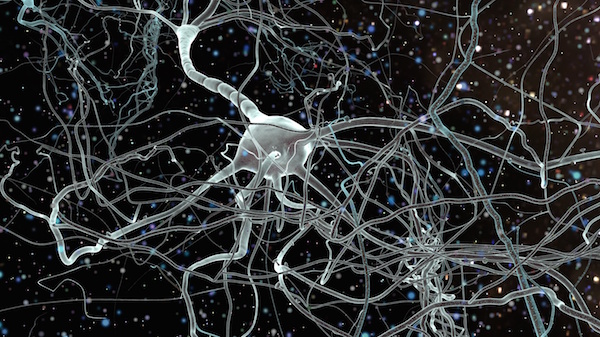THURSDAY, Nov. 4 (HealthDay News) — Those of you who are lousy at math may someday be able to boost your skills with the use of a painless method of electrical brain stimulation, British research suggests.
In a study published in the Nov. 4 online issue of Current Biology, neuroscientists at Oxford University report that adults with normal math abilities were able to improve their performance on a series of numerical tests with the help of a noninvasive technique known as transcranial direct current stimulation (TDCS).
TDCS involves stimulating specific regions of the brain with low-level electrical currents to enhance or reduce the activity of neurons. Over the last decade, the procedure has shown promise at improving brain functioning in stroke victims as well as in people with Parkinson’s disease. But this is the first study to show that TDCS can help healthy individuals do better on math tests.
“We were able to enhance math abilities, in a specific fashion, and with remarkable longevity,” said lead author Roi Cohen Kadosh, a cognitive neuroscientist at Oxford’s department of experimental psychology.
For the study, Cohen Kadosh and his colleagues studied 15 student volunteers between the ages of 20 and 21. The students were asked to learn a series of artificial numbers (symbols that they had never seen before that they were told represented numbers) while they received either a placebo stimulation or TDCS applied to the parietal lobe, a region situated at the back of the brain that is key to numerical understanding.
“As our aim is eventually to help children when they are experiencing learning difficulties with numbers, we wanted the adult subjects to learn new material [the artificial numbers] rather than test them with material that they already know,” Cohen Kadosh explained.
His team tested the participants’ ability to automatically process the relationship of the artificial numbers to one another and to map them correctly in space using standard testing methods for numerical competence.
The results of the tests showed that the brain stimulation improved the participants’ ability to learn the new numbers, and those that improvements lasted for six months. Control tests showed that the effect was specific to the learned symbols and did not affect other cognitive functions.
One American researcher said the findings were encouraging, but a lot more study is needed.
“Like many good studies, it opens a raft of fertile questions, including ‘Will this work in children?’ and ‘Is it safe to use in children?'” said Dr. Edwin M. Robertson, associate director of the Berenson-Allen Center for Noninvasive Brain Stimulation at Beth Israel Deaconess Medical Center in Boston.
“It is certainly possible that undergoing this procedure will affect brain function in children and so cause either neurological or psychiatric problems in the future, and so good follow-up studies are required to examine this issue,” said Robertson, who is also an assistant professor of neurology at Harvard Medical School. “The concern is greater for children whose brains are still developing, as opposed to the adult population of volunteers who took part in the current study.”
Cohen Kadosh said the next step is to test the technique on people who are among the 20 percent of the population with moderate to severe numerical disabilities, as well as on those who lose their skill with numbers as a result of stroke or degenerative disease. “Our aim is to try to find a way to enhance cognitive treatment by coupling it with noninvasive and painless brain stimulation,” he said.
He acknowledged, however, that the technique may also end up being sought after by zealous parents eager to have their kids improve their math scores.
“It’s just like other innovations in the past that have been misused,” said Cohen Kadosh. “The experiments that we are doing have been designed to improve disabilities, but of course it can be used by others to enhance average math performance, and we don’t have any control over that.”
More information
There’s an overview of how the brain works at the U.S. National Institute of Neurological Disorders and Stroke.

